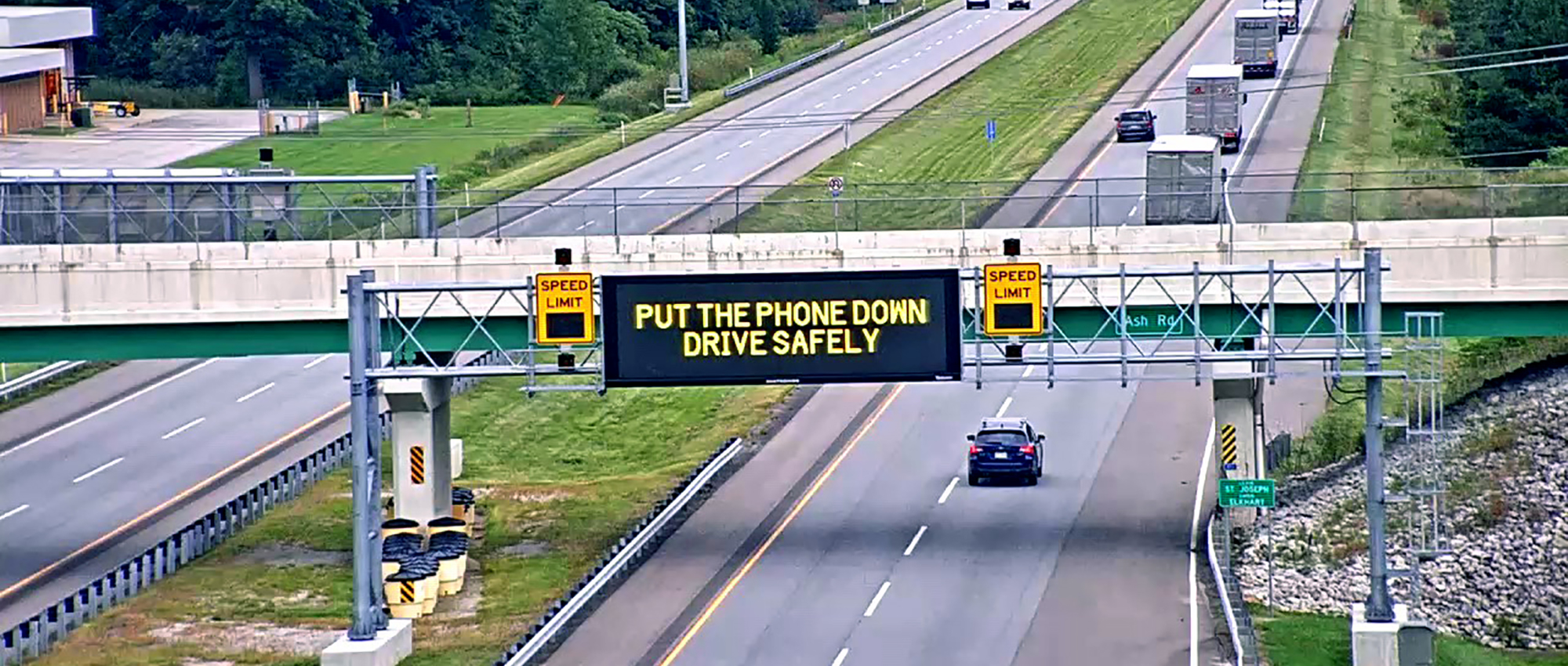Investing In Safety

The future of work, investing in health and safety, and the importance of the ‘S’ in ESG were the main topics at the Pension Investment Research Consultants’ (PIRC) inaugural ‘WORK’ Conference, held in the UK in early May. The PIRC advise local government pension schemes, corporate funds, and Sovereign Wealth Funds. Duncan Symons, Executive Director, Asset Management in our London office, contributed to a recent conference in the UK.
Duncan explained that IFM’s purpose is to promote and protect the long-term retirement savings of working people. We invest in airports, seaports, toll roads, energy pipelines and storage, and water and wastewater companies across Europe, North America, Latin America and Australia to that end. Continuously improving and engaging with our investee companies on employee safety is an essential part of our work.
The Infrastructure Asset Management team has a diverse set of backgrounds across different sectors and operations. For example Duncan comes from a construction engineering background where health & safety management is always front of mind. As one of the largest global investors in economic infrastructure and as long-term stewards of critical infrastructure, this means construction projects are always ongoing across the IFM portfolio – to the tune of around USD4.5bn per annum.
Committed to safety and wellbeing
Duncan highlighted the importance of building a ‘safety first’ culture and establishing the right ‘tone at the top’ that emphasises safety. He said, “Safety conversations can be uncomfortable, but I believe if you are in a role as being a leader – whether that be as shareholder, board director or CEO – you have a responsibility to have difficult or uncomfortable conversations in order to challenge the existing status quo. The data is there and we should be open in acknowledging it – shareholders and investors, for their part, need to ask for more.”
A good example of how this plays out was IFM’s acquisition of the Indiana Toll Road in 2015, a toll road spanning 253 kms in the USA. After acquiring the asset in 2015, IFM worked with management on its ‘Safety First Plan’, setting out a three-year strategy and a series of initiatives to improve customer and employee safety. This included USD200m investment for a program of works, including road surface enhancement, crossover removals and better systems for notifying drivers of incidents ahead. To read more about the investing in safety and technology at the Indiana Toll Road, please read the article by May Soh, “A strong safety culture embracing technology”.
The silver ‘safety’ lining of COVID-19
Duncan noted that many recent boardroom dialogues have been dominated by COVID-19, with mental health rising up the list of safety at work priorities. Workers are more willing to talk about their mental health issues – even in industries such as infrastructure, where, in our experience, traditionally people don’t speak up. Duncan believes the next step should be to train line managers to learn the indicators of mental health. “We’re clear about the physical aspect of safety, but it can be much harder to spot the mental issues.”
Related articles

Economic Update June 2025

IFM’s Australian operation secures Family Inclusive Workplace certification





